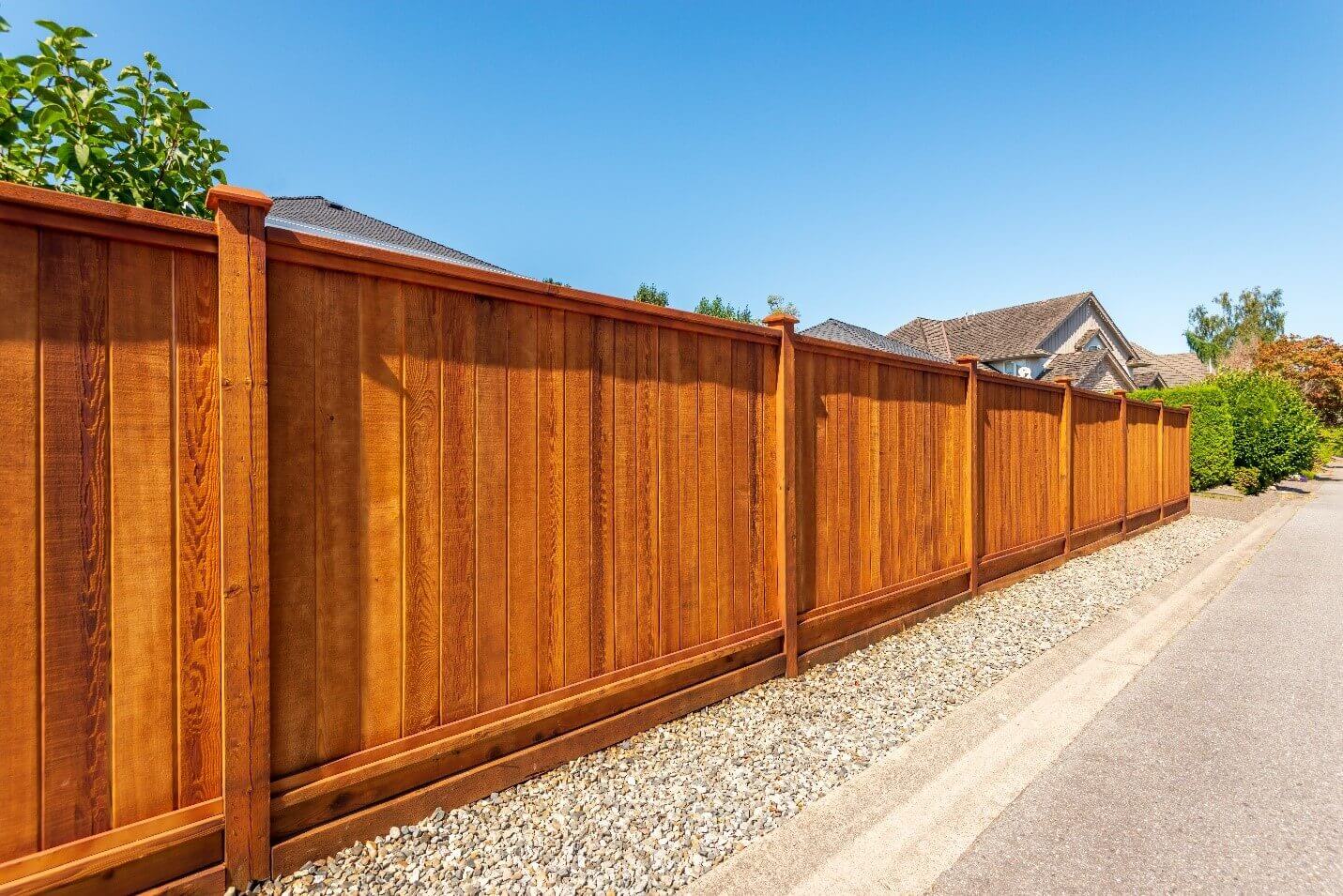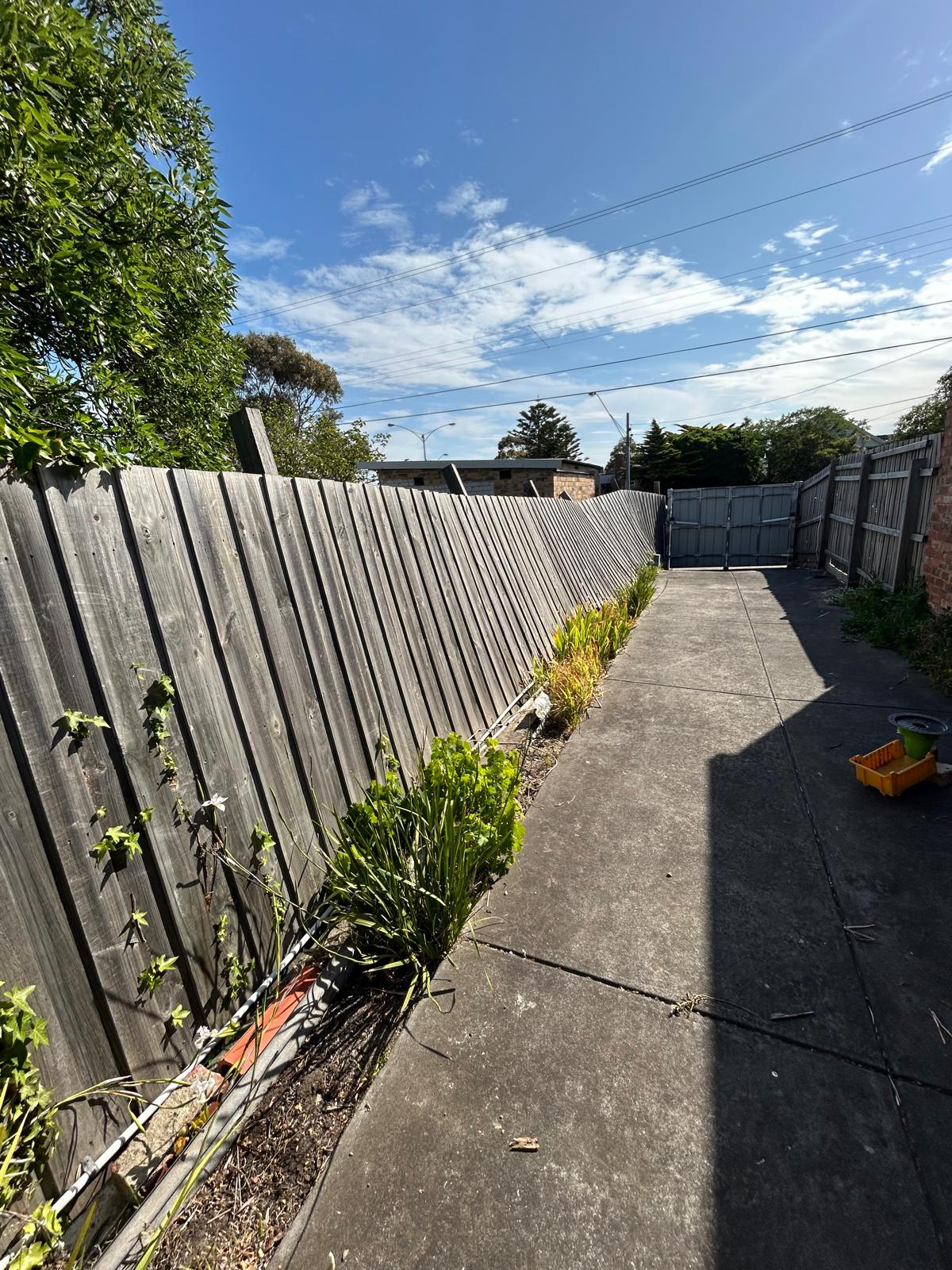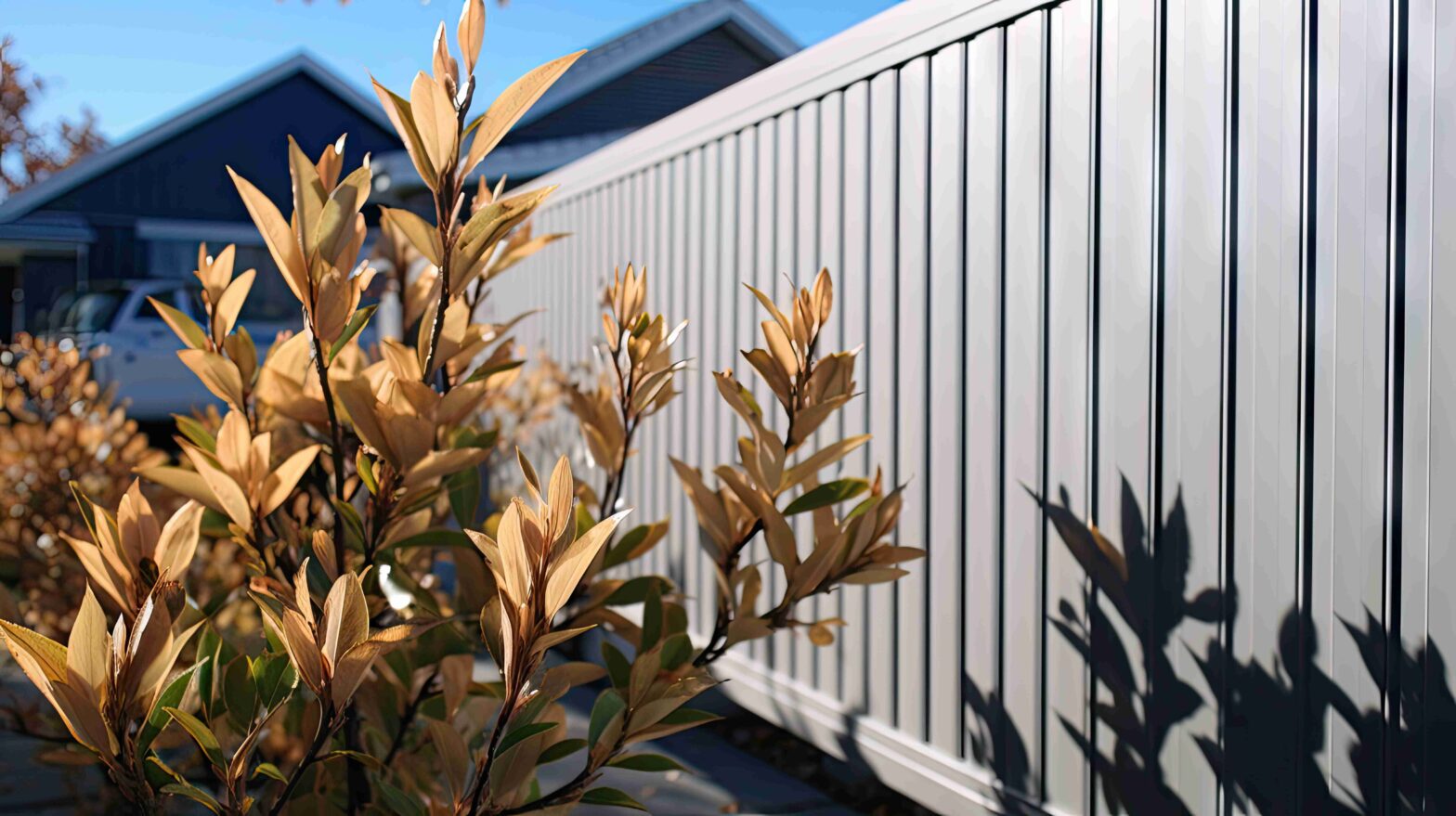Raw Materials at a Glance
Timber comes from trees, and metal comes from ore – no two ways about it. It’s how these cost-effective fencing materials are produced that makes the difference. The more effort and resources it takes to yield a unit of the material, the higher the price it tends to command. We won’t get in too deep as that’s beyond the scope of this topic, but here’s a rapid-fire comparison.
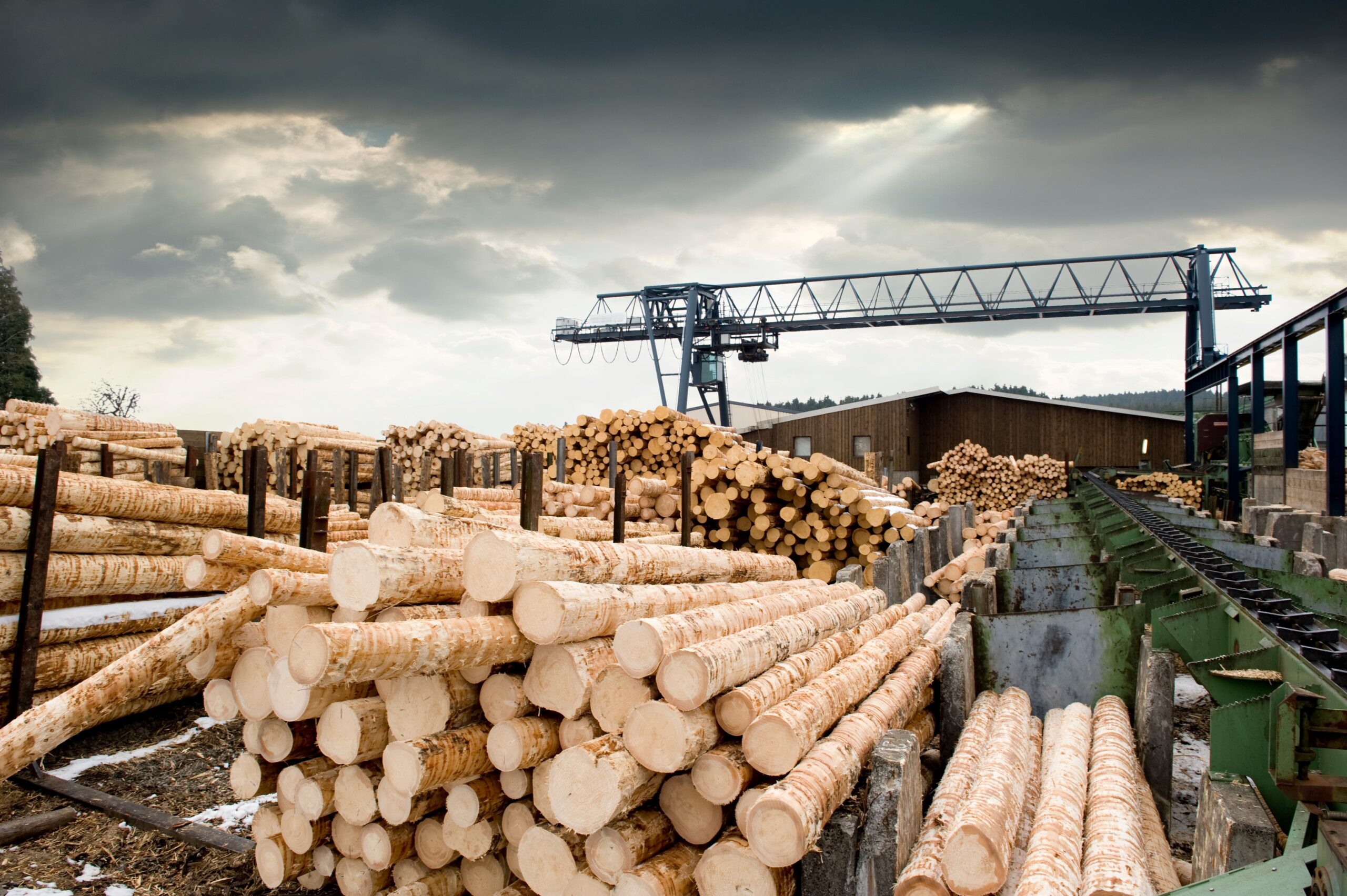
Timber
Once cut up into more manageable sizes, the logs are brought to a sawmill, where they’re cut further into boards and other shapes. In the case of timber fencing, the timber undergoes pressure treatment to make up for the natural protection it lost during the process. It’s estimated that a third of the world’s forests are used for producing timber.
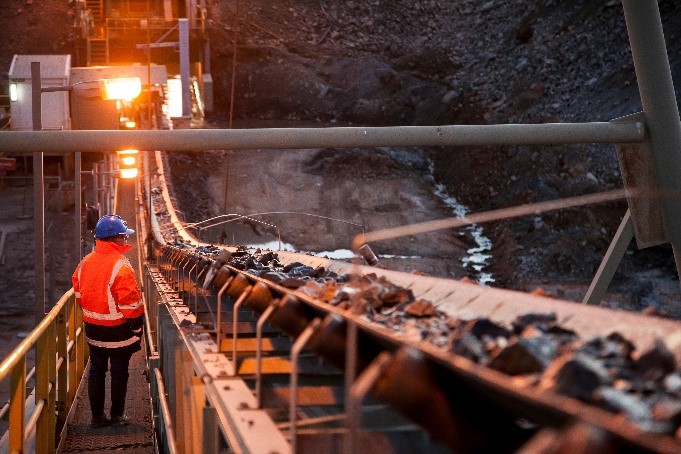
Metal
Metals are mined deep in the Earth’s crust, including aluminium and iron for creating steel. However, because a rock can have multiple minerals, the process needs to isolate them to get the necessary ones. As of this writing, different types of common metals are still in plentiful supply, though they might grow in cost as mining activities reach deeper into the crust.
From the comparison above, we can assume that producing timber takes less effort and resources than producing metal. Unlike metal, which requires melting down the ores and forming them into different shapes, timber only needs to be cut down to size and treated.
It also helps that timber production has a lower carbon footprint than metal production. While both use fossil fuels for powering some of their machinery, sawmills use sawdust and stripped bark left by cutting up the logs as fuel for their kiln. This lowers their demand for fossil fuels and their operational costs.
Generally, wood fencing has a lower upfront cost compared to metal fencing. However, metal fences, particularly aluminium, are often more durable and resistant to harsh weather conditions than timber fences, making them a good choice for areas with extreme climates.
Comparison of Their Pros and Cons
If we’re only concerned about the cost, we’d recommend you go for a timber fence straight away. However, that’d be disregarding the traits that make them popular fencing options. It may come down to cost, but no one likes to pay for repairs or a replacement too soon.
Opting for cost-effective fencing materials, such as timber or aluminium, can help you stay within budget while still ensuring a reliable fence. Check out this cheat sheet on the cons and unique advantages of timber and metal fencing. In the latter’s case, we’ll separate them into the two metal-based fencing options we provide: aluminium (as it’s technically a metal) and COLORBOND® (made out of steel).
Timber |
Aluminium |
ConCOLORBOND®s |
|
|---|---|---|---|
| Cost Per Metre* | AUD$50 – 120 | AUD$80 – 100 | AUD$80 – 100 |
| Height Range | 1.65 – 2.70 metres | 0.90 – 2.40 metres | 1.20 – 2.10 metres |
| Privacy | Yes | Yes, except for slats | Yes |
| Water Resistance | Low (high if sealed) | High | High |
| Pest Resistance | Medium | High | High |
| Fire Resistance | Low | High | High |
| Wind Resistance | Medium | High | High |
| Impact Resistance | Medium | High | High |
| Rust Resistance | Doesn’t rust | High | High |
| Coastal Use | No | Yes | No |
| Heat Conductivity | Low | High | High |
| Average Lifespan** | 15 to 20 years | 30 to 50 years | 20 to 30 years |
| DIY-Friendly | Yes | No | No |
| Difficulty of Repair | Easy | Hard | Hard |
| Required Care | High | Low | Low |
| Sustainability | Yes | Yes | Yes |
*Estimated value. Actual price may vary depending on the fence builder**Can last beyond the maximum value with the proper maintenance
Let’s break down these criteria one by one.
- Cost Per MetreTimber reigns supreme in this area for reasons explained earlier. However, the gap between the overall cost of metal and wooden fences isn’t too far apart. Some people may elect to pay extra to get the more resilient metal.
- Height RangeA fence’s height contributes to better security and privacy. Timber fences can be built higher than metal, though you’ll need to apply for a building permit if you’ll be erecting a fence that’s over two metres.
- PrivacyAll three options are designed as privacy fences, meaning there are no gaps for people outside to peer through. However, GFences only offers slat aluminium fencing, which doesn’t make for good privacy fences.
- Water ResistanceRainfall and water will simply slide off the metal fence’s surface. On the other hand, the timber boards can still absorb water unless covered in a sealant, which has to be applied every few years or after washing.
- Pest ResistanceAs we explained in one of our blog posts, pests can simply bore through the wood fencing to get to the untreated part. Meanwhile, they have nothing to eat in metal fencing.
- Fire ResistanceTimber can still catch fire, so wood fences aren’t ideal for areas where bushfires happen often. Metal fences, especially COLORBOND® ones, are built to resist fires.
- Wind ResistanceTimber fencing can provide some degree of resistance against strong or cyclone-grade winds. And while a metal fence does it better, contact with wind may create unwanted rattling.
- Impact ResistanceTimber isn’t dense enough to withstand the force of, say, an out-of-control vehicle or flying debris, though it’s still strong. Aluminium and steel are much stronger.
- Rust ResistanceAll the options have their reasons for being rust-resistant. Naturally, wood fencing doesn’t rust, aluminium creates a protective layer when exposed to oxygen in the air, and COLORBOND® is multicoated.
- Coastal UseOnly aluminium fencing is ideal for homes near or by the coast due to the reasons explained above. The salty air will hasten the degradation of timber and steel.
- Heat ConductivityAs a poor conductor of heat, timber fences are a great choice if you want to protect your plants and loved ones from heat exposure. Metal fences will absorb and emit heat around them, which can kill nearby vegetation.
- Average LifespanAluminium fencing trumps the other two options owing to its inherent resistance against rusting. Timber, meanwhile, is at risk of degradation from a wide range of factors like moisture, insects, and unwanted growth.
- DIY-FriendlyMany homeowners set up wood fences on their own, as timber is lighter and, thus, more workable than denser steel. While aluminium is far lighter than steel, erecting an aluminium fence still requires more effort and expertise from a professional fence builder.
- Difficulty of RepairDamaged or rotting wooden fencing boards can be easily swapped out for fresh ones. And while metal fences rarely get damaged or rust in their first few years, fixing them may necessitate replacing the entire panel.
- Required CareYou can practically leave aluminium or COLORBOND® fences to their own for the first several years, making them the low maintenance fencing options available at GFences. Meanwhile, you have to inspect a timber fence every few years for signs of problems.
- SustainabilityA large portion of timber used for creating timber fencing is sourced from managed forests, thereby eliminating the need to clear natural forests. Meanwhile, a similar amount of aluminium and steel in circulation is also recycled from scrap metal.
Keep up with the latest from Grays Fences & Gates
Subscribe to our blog and get latest news, inspiration, and resources delivered directly to your inbox.
